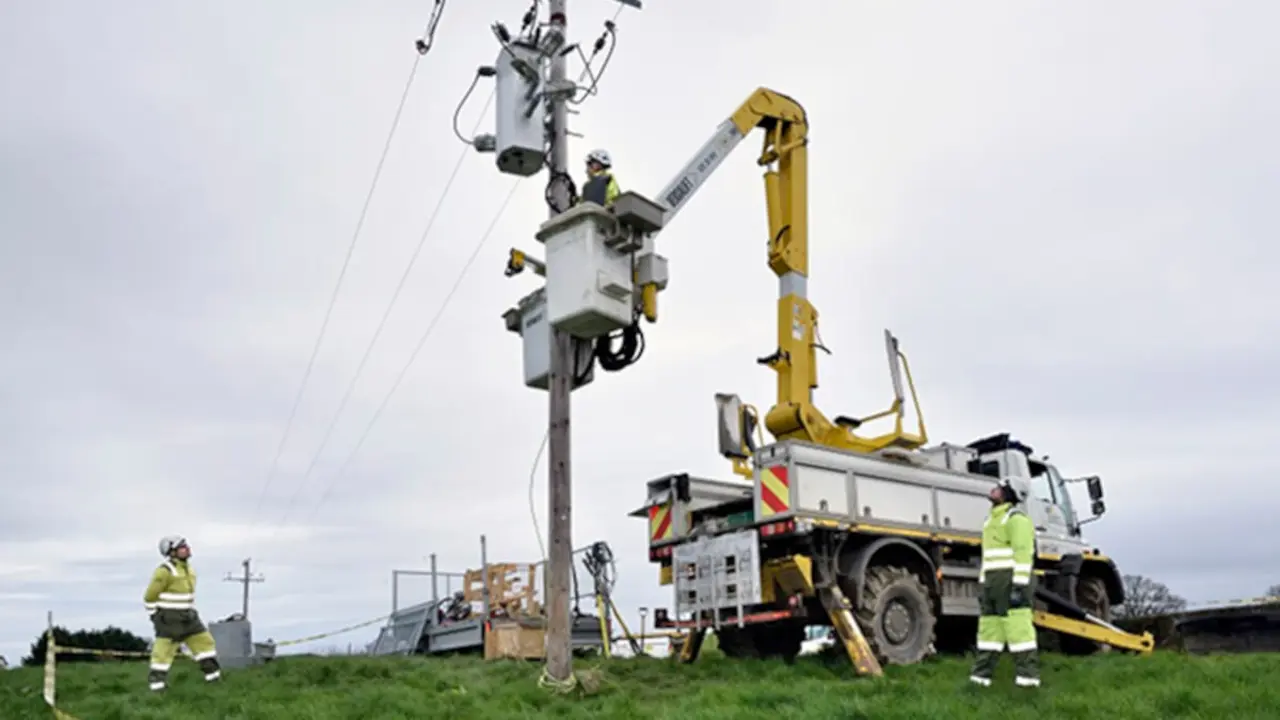The Spanish economy registers the worst quarterly fall since 1970

A devastating blow to the Spanish economy due to the health crisis of the COVID-19 disease that is ravaging the world, leaving hundreds of thousands dead and millions affected, and particularly pounding Spain, with figures of more than 24,500 deaths and more than 213,000 cases diagnosed so far. These numbers logically forced the authorities to implement measures of social confinement and distancing that have generated a halt in economic activity that is very harmful to Spanish finances.
The Gross Domestic Product (GDP) has been deeply affected and has fallen by 5.2% in the first three months of 2020, which means the largest quarterly fall compared to historical data recorded by the National Statistics Institute (INE), a statistical series that began to be recorded in 1970.
In the three preceding quarters of 2019 (the second, third and fourth), the Spanish economy was growing at a rate of 0.4%, and the 5.2% decline recorded in this first quarter exceeded the estimates made by the Bank of Spain, which had forecast a 4.7% drop. In year-on-year terms, the GDP fell by 4.1% in the first quarter of 2020, according to the advance of the Quarterly National Accounts of Spain published by the INE.
Until this negative milestone, the biggest quarterly fall in Spanish GDP had been in 2009, coinciding with the last serious financial crisis suffered. The first three months of that year Spain's finances fell by 2.6%. Now the fall is almost double that of the previous year.
As mentioned above, the 5.2% decline in the first quarter of the year worsens the calculations made by the Bank of Spain, which had calculated a 4.7% decline, although with many reservations, since the institution's expectations were based on the assumption of a certain proportion of the drop in activity in some sectors.

In year-on-year terms, i.e. compared with the same first three months of the previous year, GDP in the first quarter of 2020 contracted by 4.1%, compared with a rise of 1.8% in the previous quarter. In this case, the greatest decline recorded so far, that of the second quarter of 2009, when the Spanish economy contracted by 4.4% year-on-year, has not been overcome.
The breakdown by area is frightening. Consumption collapsed 5.1% per quarter between January and March, while households fell even more, by 7.5%, when in the worst moments of the previous crisis it fell by 1.63% at most, in the third quarter of 2012, and by 1.69%, in the fourth quarter of 2008, almost five times less. Only public administration spending increases, with a boom of up to 1.8%, a quarterly increase not seen since 2007. Investment falls another 5.3% (with a 9.6% collapse in housing investment), and exports and imports fall the same: 8.4%.
By sector, the most affected are commerce, transport and hotels, with a 10.9% collapse, and artistic and recreational activities, with a 11.2% drop. Professional and scientific activities lost 8%; information and communications lost 5.5%; industry lost 2.7%; and construction suffered a crash of 8.1%, despite the fact that the first two weeks of confinement the general lockdown did not affect it so directly.
Only the financial and insurance activities remain, which grew by 1%, and the Public Administration, and health and education, which both increased by 0.8%.
The data is bleak and the Bank of Spain estimates that the Spanish unemployment rate, one of the highest in Europe, could rise from around 14 to 21.7% by 2020.
In one week, around 2% of a year's GDP is produced, which shows how the forced cessation of activity in the first two weeks of confinement that enter into this accounting of the first quarter of 2020 has marked the Spanish economy very negatively. "These figures from the INE mean that in the two weeks of confinement, around 40% of activity was lost," said Rafael Doménech, an economist at BBVA.








